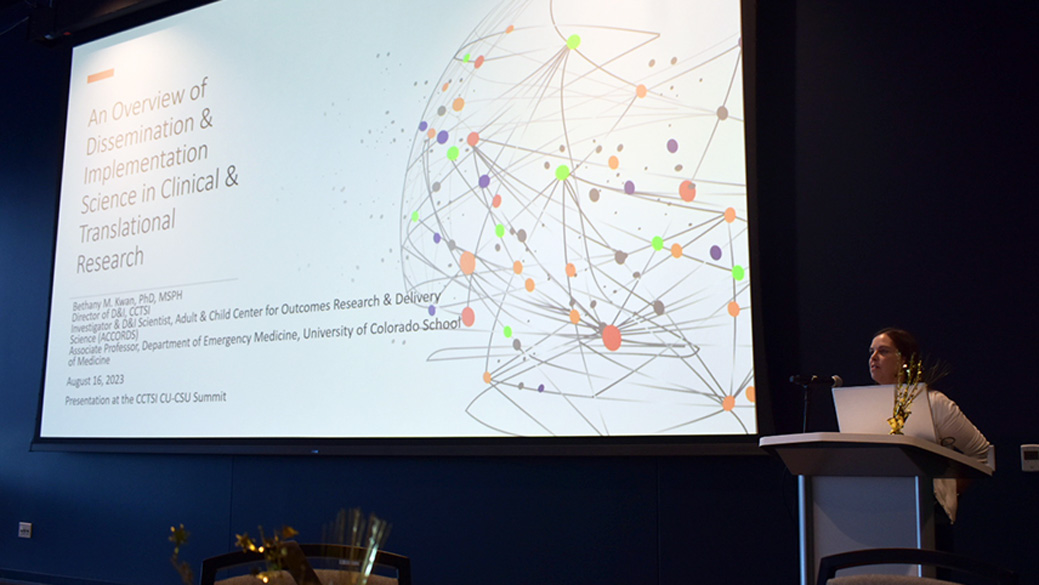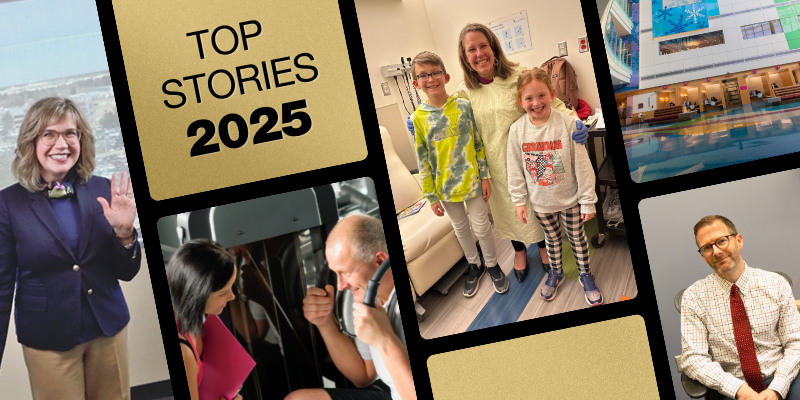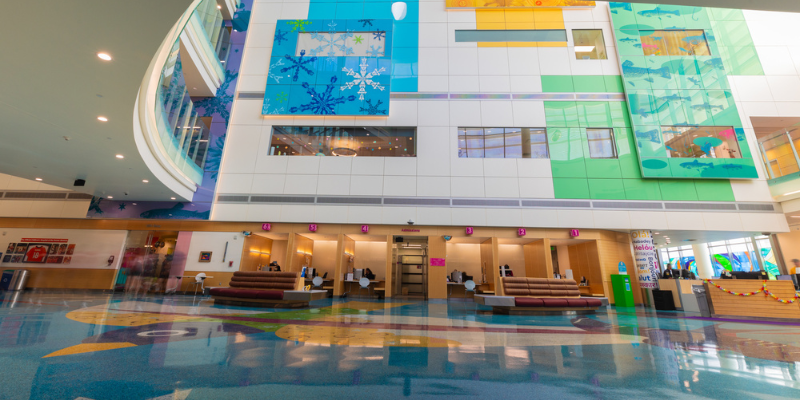Imagine you have conducted a study and want to tell the world about the findings. Or suppose your research results show great promise for a particular cancer treatment, and now you need to make sure caregivers understand the impact of your work. What do you do? If you attended the recent CU-CSU Summit, you might have some ideas!
The topic this year was dissemination and implementation science and the more than 100 attendees included faculty, post docs and students from CU Anschutz, CU Boulder, CU Denver and Colorado State University. The Colorado Clinical and Translational Sciences Institute (CCTSI) hosts the conference each year to encourage scientists to network and launch multidisciplinary and multi-campus collaborations.
Colorado State is a partner institution of the CCTSI, and this year the conference took place at the new CSU Spur campus in Denver. “The CSU Spur campus is a beautiful venue that nicely features our land-grant mission of teaching, research and engagement,” said Matthew Hickey, PhD, university distinguished teaching scholar at CSU who helped organize the conference. “The Summit is a rich opportunity for networking. Both CSU-CCTSI ‘veterans’ and new members consistently point out how much they appreciate the chance to meet CCTSI leadership and build collaborative partnerships with colleagues from both Denver and Boulder.”
Director of Dissemination and Implementation Research at the CCTSI Bethany Kwan, PhD, MSPH, also helped organize the conference. It featured multiple opportunities for scholars to present their research in poster sessions, lightning talks and in presentations using a framework called the Translational Science Benefits Model or TSBM. Dr. Kwan is also associate professor of emergency medicine at the University of Colorado School of Medicine.
“The TSBM talks were a highlight of the conference from my perspective,” said CCTSI Director Ron Sokol, MD. “The framework is designed to help clinical scientists demonstrate the impact of their work in the real world. It is eminently useful, and we will be working on ways to implement it across the CCTSI.”
Emmy Betz, MD, MH, gave a TSBM talk on her Out-of-Home Firearm Storage Project. When she put her work in the TSBM Impact Profile, which featured the challenge, the approach, research highlights and key benefits, the impacts of her work were compelling and clear.
“As a result of this project, the ATF [Bureau of Alcohol, Tobacco and Firearms and Explosives] published an open letter to retailers about what they are supposed to do when they hold guns for others,” Betz said. “Two states [Louisiana and Washington] have provided legislation that provides liability coverage for detailers and retailers who provide storage for others.”
Betz explained that the initial goal was not to inform policy despite the fact that positive policy changes resulted. “We don’t do policy! We started out with research and education. And to me it is remarkable that it has come back around to policy.”
Kwan said she was gratified to see such enthusiasm at the conference. “Attendance was strong all the way through the end of the day when we hosted a fabulous panel discussion on addressing mis- and disinformation in science and health communication,” she said. “My hope is that everyone who attended walked away with some new ideas about how to incorporate D&I science into their work and maybe even made a new contact along the way.”








-1.png)
